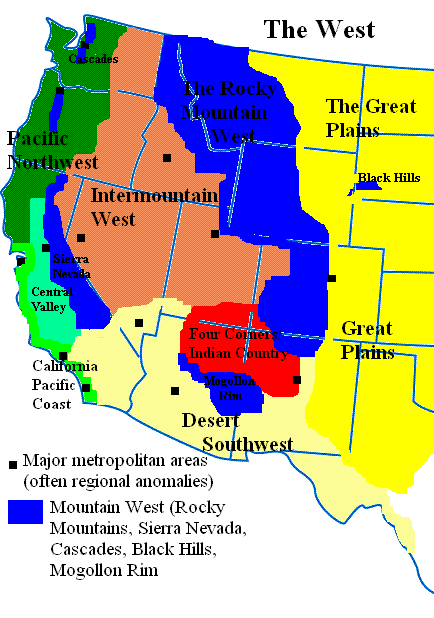This thematic map illustrates crime, and the presence of increase or decrease, between 1978 and 1998 for four divisions of violent crime.
Thematic maps use a base map to superimpose information onto about a specific subject. This could be from a tremendous variety of topics: income, crime, water quality, diseases, etc. Color, intensity, shading, proportional shapes and many other techniques can be used to illustrate the information. According to our class notes, the equivalent projection is chosen most often for thematic maps, in order to provide a more accurate balance.
This particular sample uses proportional shapes to show increases, by percent, in the orange toned pie charts and decreases in the blue pie charts. With a brief visual overview, it's clear that the increasing occurence is predominant.
Thematic maps use a base map to superimpose information onto about a specific subject. This could be from a tremendous variety of topics: income, crime, water quality, diseases, etc. Color, intensity, shading, proportional shapes and many other techniques can be used to illustrate the information. According to our class notes, the equivalent projection is chosen most often for thematic maps, in order to provide a more accurate balance.
This particular sample uses proportional shapes to show increases, by percent, in the orange toned pie charts and decreases in the blue pie charts. With a brief visual overview, it's clear that the increasing occurence is predominant.






